
This Empty World
Photographs by Nick Brandt
WORKS
31 framed works (note: checklist can be curated by venue)
Mounted text panels (Introductory, “Behind the Scenes”, and “About the Big Life Foundation”)
DIMENSIONS
Frame sizes up to 60 x 130 in (140 x 300 cm)
SPACE REQUIREMENTS
Up to 500 linear ft (152 linear m)
EXHIBITOR RESOURCES
Prospectus (See Below)
EDUCATIONAL PROGRAMMING
Artist available for lectures and panel discussions
INQUIRIES
exhibitions@curatorial.org | 626.577.0044
FEE
Please inquire
In the last century an enormous percentage of the world’s flora and fauna have vanished. Considering biodiversity is nature’s own deterrent to extinction, this reduction leaves our environment increasingly vulnerable. This Empty World, a new traveling exhibition of photographs by Nick Brandt, conveys the need to address man’s role in the escalating environmental and ecological destruction of the natural world.
Anchored by the creative devices that have become characteristic of Brandt’s powerful and penetrating artistic style, the exhibition envisions a world overwhelmed by development, where there is no longer space for animals to survive. Brandt aims to highlight the vulnerabilities of both animals and poor rural people, the primary casualties in the environmental degradation that comes with the short economic gain of out-of-control development.
Technically, each image is a combination of two moments in time, captured weeks apart, almost all from the exact same locked-off camera position. Initially, a partial set was built and lit. Weeks, even months followed, while the animals that inhabited the region became comfortable enough to enter the frame. Once the animals were captured on camera, the full sets—bridge and highway construction sites, a petrol station, a bus station and more—were built. A second sequence was then photographed with the full set and a large cast of people drawn from local communities and beyond.
Through his photographs, Nick Brandt creates a vision of the pollution and destruction of an entire ecosystem, of both humans and animals suffering as victims of environmental devastation in the aftermath of progress. It is the emotional effectiveness of exhibitions such as This Empty World, hopefully, that will encourage humankind to place the natural world at the center of its global consciousness.
Bookings
Museum of Photographic Arts | San Diego, California
7 May 2022 – 2 October 2022
Snap!Orlando | Orlando, Florida
4 February 2022 – 2 April 2022
Museum of Texas Tech | Lubbock, Texas
12 May 2021 – 13 August 2021
Exhibition Checklist
Publication
This Empty World by Nick Brandt
(Thames & Hudson, February 2019
Reviews
Musée Magazine, 30 June 2022
San Diego Union Tribune, 8 May 2022
For the publication:
Buzzfeed, Gabriel Sanchez, 24 April 2019
The Guardian, interview by Dale Berning Sawa, 19 March 2019
Los Angeles Times, Liesl Bradner, 17 February 2019
Wired, Michael Hardy, 05 February 2019
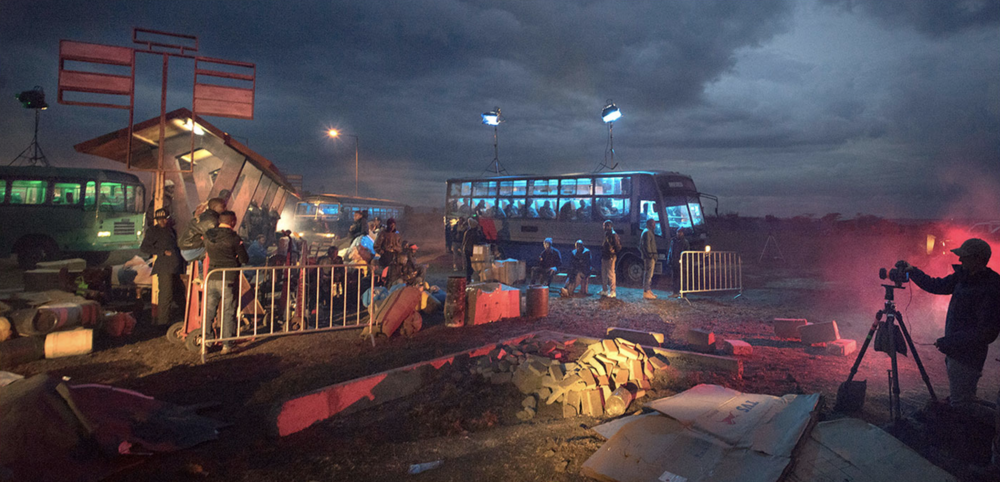
Behind the scenes
Mounted text panel, with accompanying slideshow of digital images (samples below):

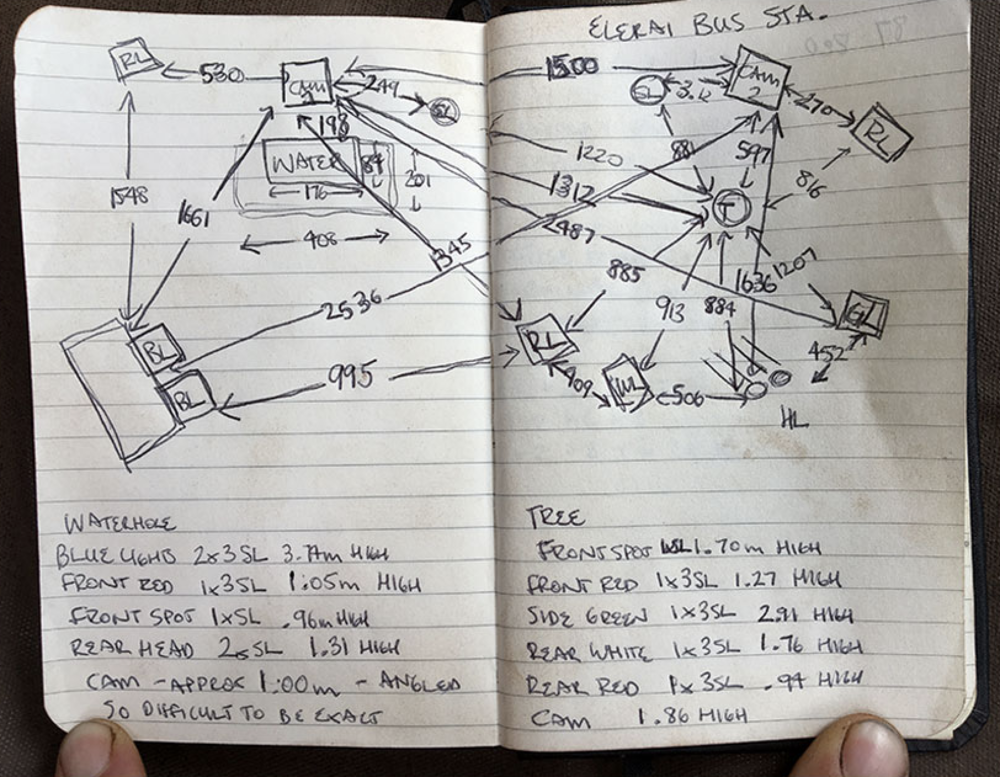
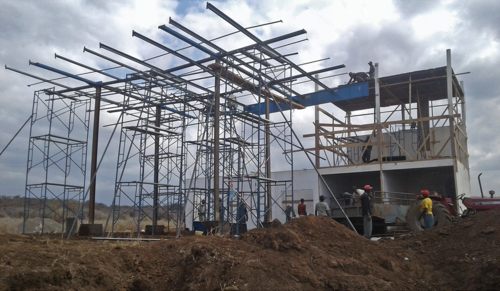
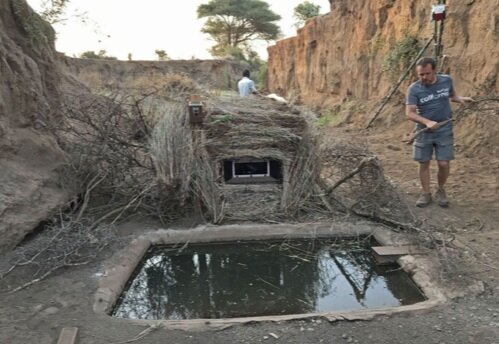
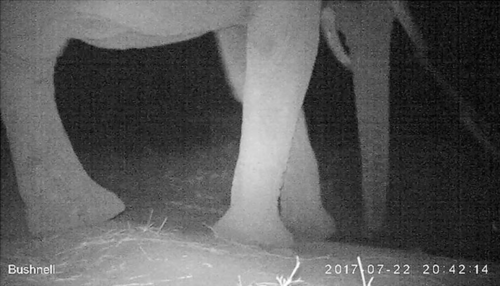
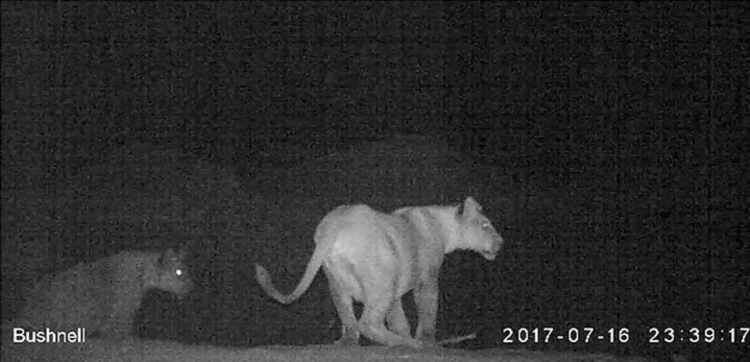
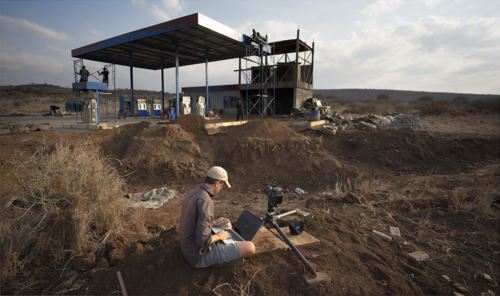
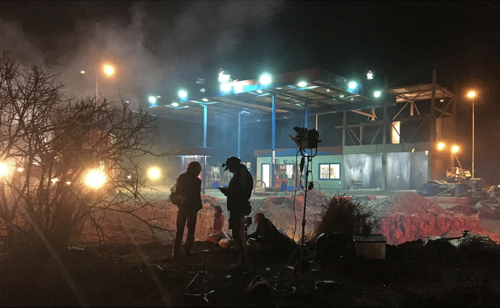
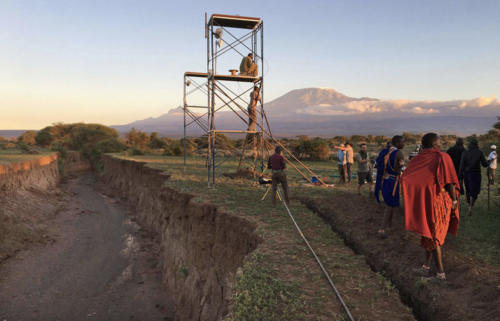
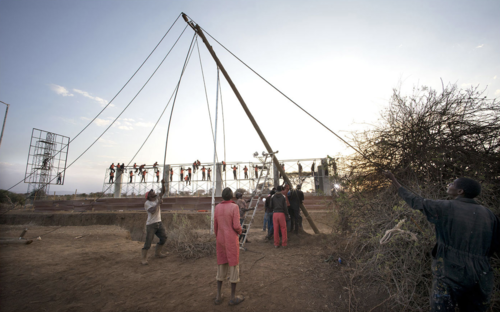
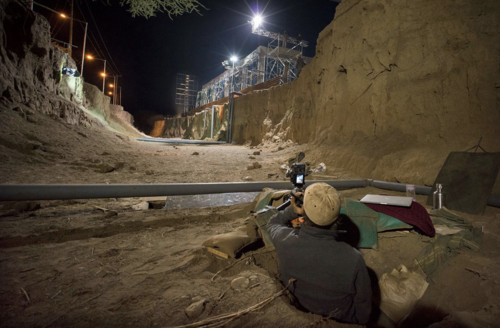
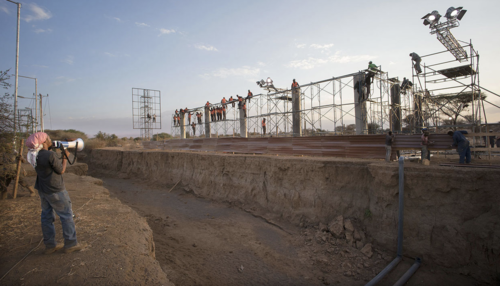
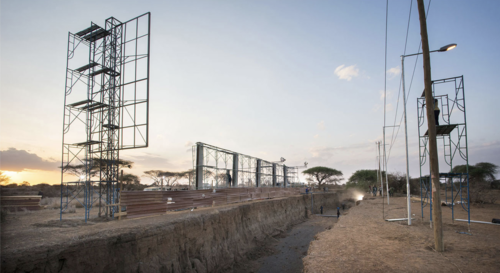



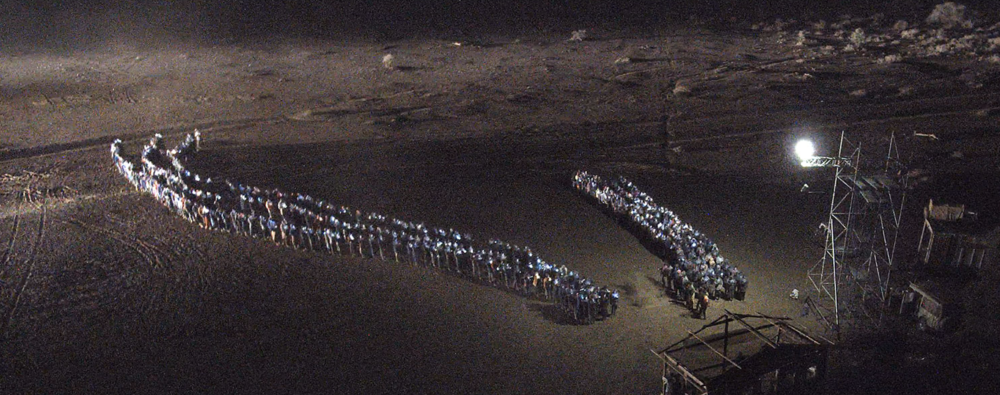
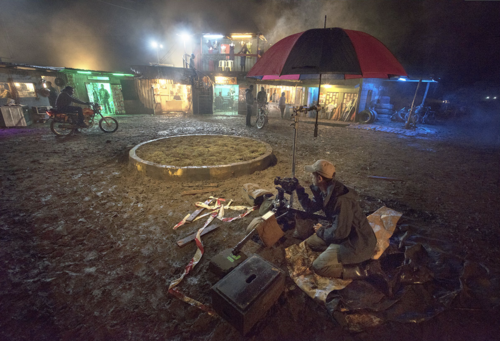
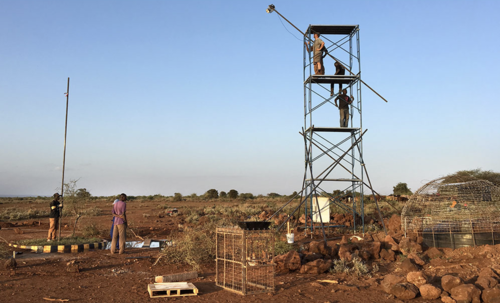
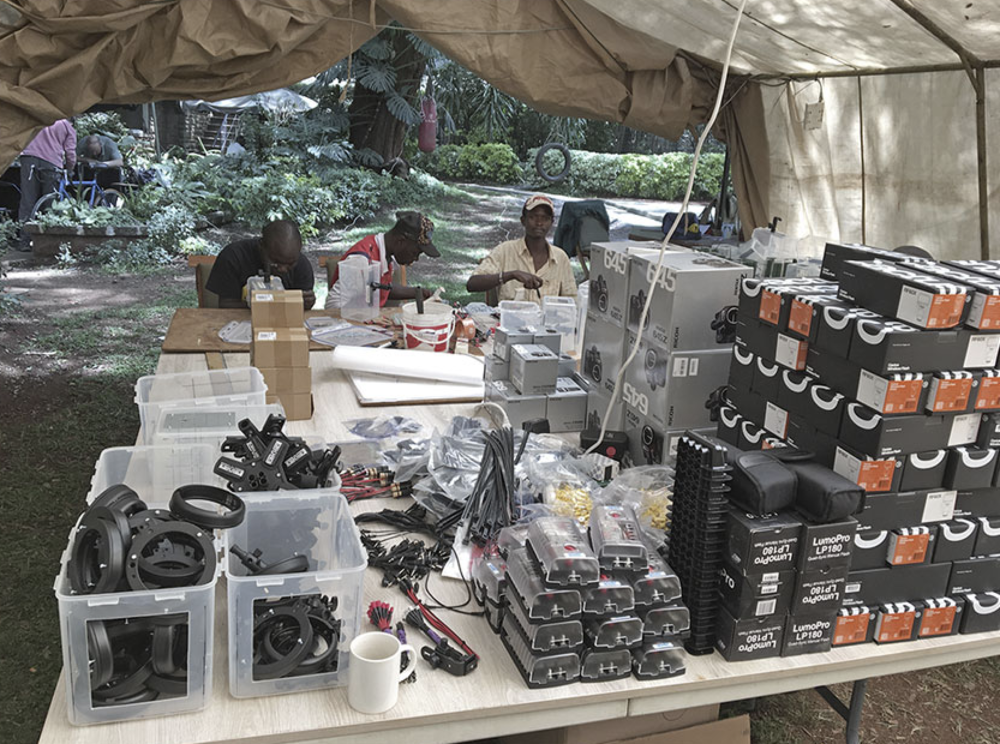
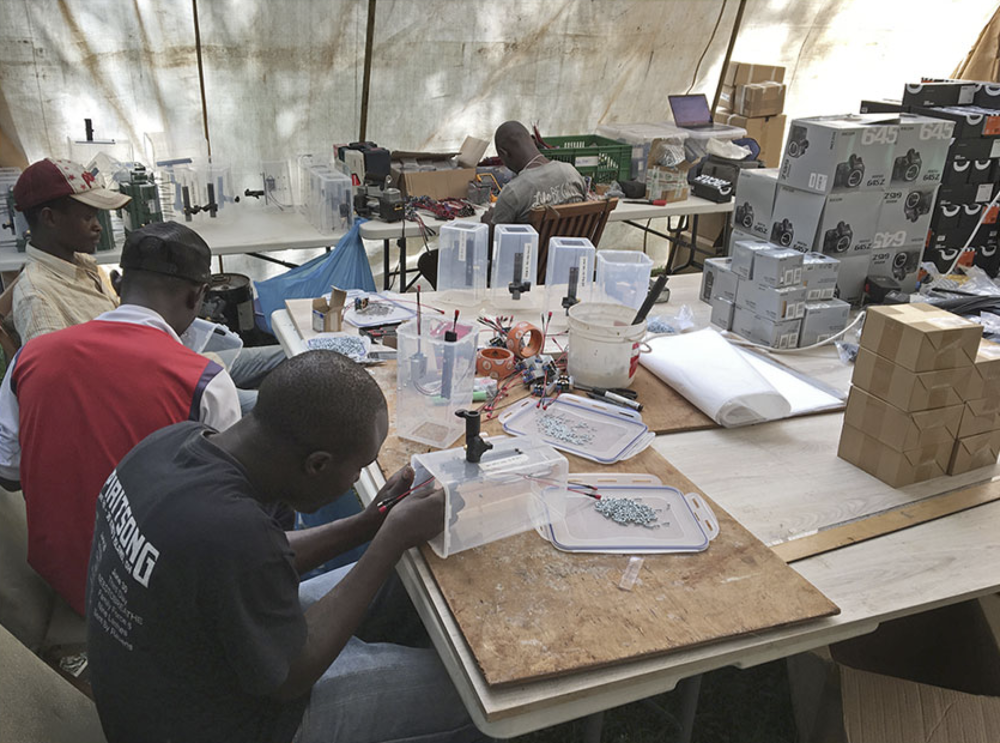
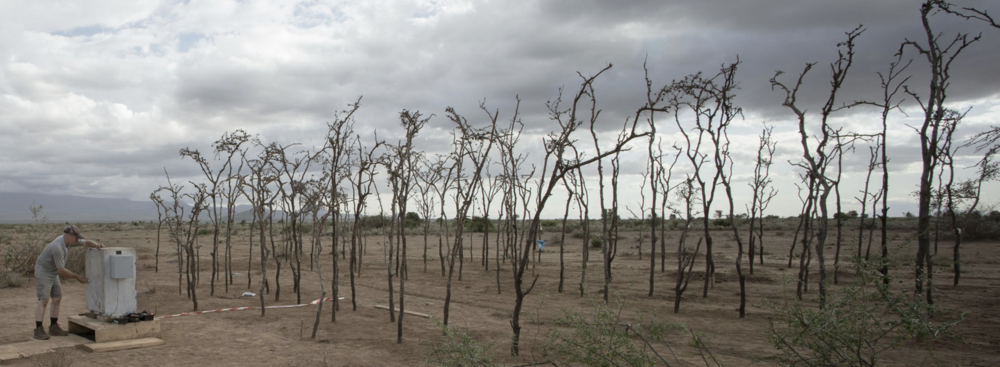
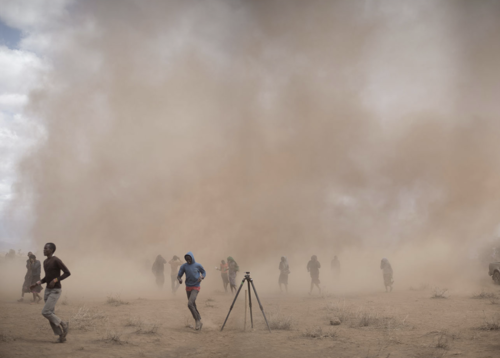
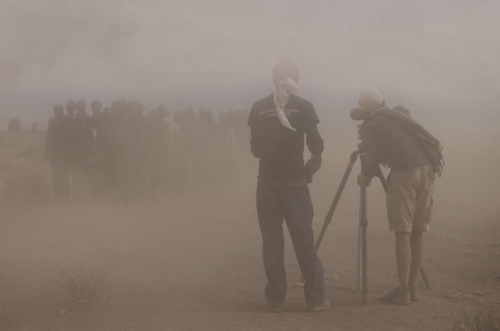
ABOUT BIG LIFE FOUNDATION
The Amboseli National Park served as a backdrop to the series of photographs in this exhibition. This region is also occupied by the Maasai people who inhabit this land without protected reserve status and are one of the few remaining communities that have advocated a peaceful coexistence with local wildlife. Although the region has experienced some economic growth due to the rise in horticulture, most citizens in the region remain in extreme poverty which led to the rise in illegal animal poaching. However, the work of conservationists and non-profit organizations such as the Big Life Foundation, intent on stopping this violent activity, have successfully lowered its prevalence. Established in 2010 by Nick Brandt, Richard Bonham and Tom Hill, the Big Life Foundation protects 1.6 million acres of wilderness in the Amboseli-Tsavo-Kilimanjaro ecosystem. Their approach is holistic in nature and modeled intently on community-based collaboration informed by their philosophy that “conservation supports the people and people support conservation.”
















